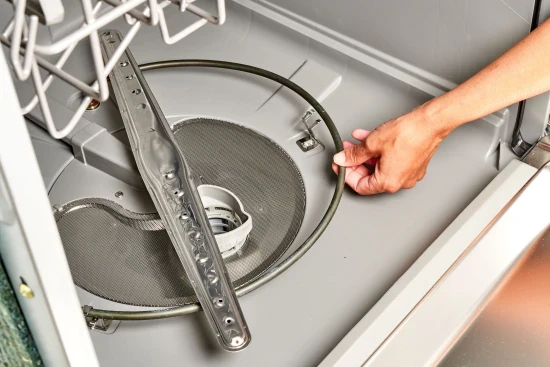Many people misunderstand washing machine capacities, assuming that a 23-pound washing machine can handle 23 pounds of any fabric. However, manufacturers base this measurement on cotton loads, which are lighter and less dense than other materials like jeans or towels. Overloading or using the wrong weight distribution can impact cleaning efficiency, energy consumption, and the machine’s lifespan. This guide will help you understand how to properly load your washer.
Step 1: Understanding Washing Machine Capacity
Washing machine capacities are based on the weight of dry cotton, not all fabrics. Different materials weigh differently when dry, so filling the machine entirely with dense fabrics like jeans or towels may exceed its actual handling ability. Here are some general guidelines:
-
23 lbs (10.5 kg) washer: Suitable for about 23 lbs of dry cotton, but only around 15-17 lbs of heavier fabrics like jeans or towels.
-
15 lbs (7 kg) washer: Ideal for small family loads of mixed fabrics, handling around 12 lbs of jeans or towels.
-
11 lbs (5 kg) washer: Best for single-person households or occasional small loads, with a max of 9 lbs for heavier fabrics.
Average Weight of Common Laundry Items
To better understand what you can load, here are some common item weights:
-
T-shirt: 0.5 lbs
-
Pair of jeans: 1.5-2 lbs
-
Bath towel: 1.2-1.8 lbs
-
Sweatshirt: 2-2.5 lbs
-
Queen-size bedsheet: 1.5-2 lbs
-
Winter jacket: 3-5 lbs
Step 2: Sorting Your Laundry Correctly
Sorting prevents damage and optimizes the wash cycle:
-
By Fabric Type: Heavy items (jeans, towels) should be washed separately from delicate fabrics.
-
By Weight: Mixing heavy and light fabrics can cause imbalance and inefficient cleaning.
-
By Color: Separate whites, darks, and bright colors to prevent dye transfer.
Step 3: How to Load the Machine Properly
For Front-Load Washers:
-
Do not exceed 80% of the drum space to allow movement.
-
Avoid compressing clothes to fit more items.
-
Ensure bulky items are distributed evenly to prevent imbalance.
For Top-Load Washers:
-
Place clothes evenly around the agitator or impeller.
-
Avoid wrapping items around the agitator to prevent tangling.
-
Fill loosely, leaving enough room for effective water circulation.
Step 4: Choosing the Right Load Size and Wash Cycle
-
Light Load: About 1/3 of the drum full, great for delicate fabrics.
-
Medium Load: Around 1/2 full, suitable for everyday clothes.
-
Full Load: Maximum of 3/4 full, ensuring proper movement and effective washing.
Step 5: Adjusting Detergent and Water Levels
-
Use the appropriate amount of detergent based on the load size and soil level.
-
High-efficiency (HE) washers: Use only HE detergent to prevent residue buildup.
-
Water Level Selection: Many modern machines auto-adjust, but manual selections should be made based on load size.
Step 6: Common Mistakes to Avoid
-
Overloading with heavy fabrics: Jeans, towels, and blankets should be washed in smaller loads.
-
Underloading: Wastes water and detergent, and can cause imbalance issues.
-
Ignoring Weight Limits: Always consider the fabric type when loading, not just the stated weight capacity.
Conclusion
Understanding how washing machine capacities are determined and loading your machine correctly ensures better washing performance, energy efficiency, and longer appliance life. By following proper weight distribution guidelines and considering fabric weight, you can maximize your washer’s effectiveness and protect your clothes from damage.






